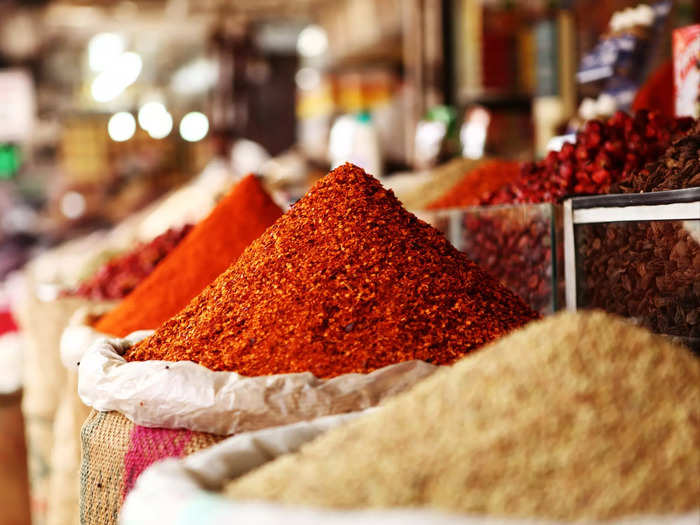The FSSAI report highlighted that 474 out of 4,054 spice samples tested in India between May and early July failed to meet quality and safety parameters, according to a response from the Right to Information. While the FSSAI could not find brand-specific breakdowns for the spices tested, it noted that it has begun taking appropriate legal action against the companies involved in the safety debacle.
In April
These findings are particularly worrying as India is a leading spice exporter. According to reports
Regulatory controversies
In the wake of this
However, the FSSAI justified this move by saying that these changes apply only to imported spices and India has one of the strictest MRL standards in the world. However, this decision has still sparked considerable debate.
Critics argue that increasing MRLs actually lowers safety standards and allows higher levels of potentially harmful chemicals in food. This has caused widespread public concern and drawn criticism from food safety experts who question whether the FSSAI is putting industry interests above consumer health. The decision has also caused confusion among international buyers who may see this as a step backwards in ensuring the safety of Indian spices.
Pressure is growing on the FSSAI and the government to take more decisive action to restore confidence in the safety of Indian spices, including calls for stricter enforcement of food safety regulations, more stringent testing protocols and greater transparency in setting and adjusting safety standards.

